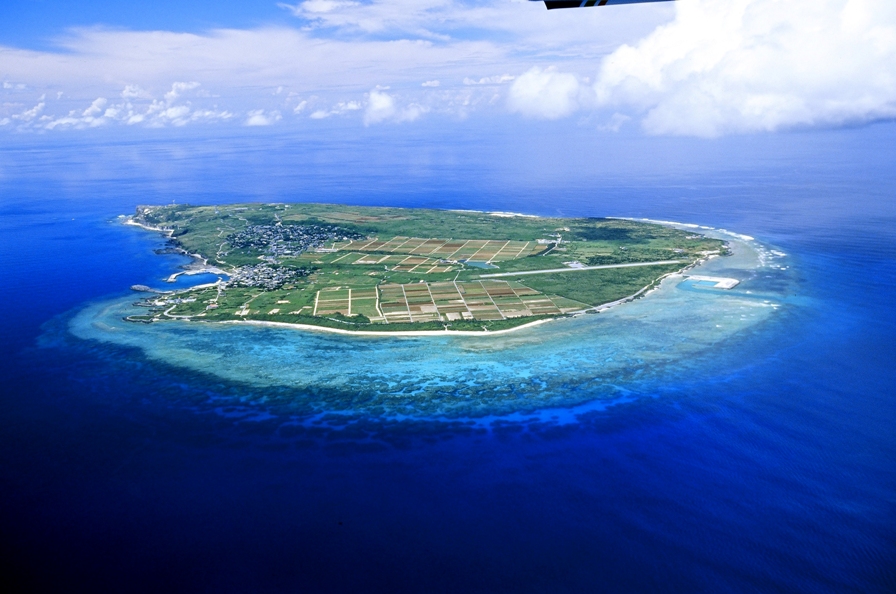
Posted by Gregorie / August 25th 2014
Land of the Rising Sun and Salt
For centuries the people of Japan have been renowned for their craftsmanship, profound sense of natural beauty and close attention to aesthetic detail. It’s no surprise then that their salt-making skills are not only steeped in a long and colourful history but also that their methods are as unusual as they are traditional.
However, for a significant part of the 20th century these old skills and working ways became subsumed by the industrial age and a drive for modernisation. What started as a way to bring all salt production, and profit, under strict government control in 1905 eventually led to a banning of traditional salt-making in 1971, replacing it with a single, industrial production method by the rather cumbersome name of ion exchange membrane electrodialysis.
While this new fangled way of producing salt did indeed produce enormous quantities of very pure, very cheap Sodium Chloride, for the country so caring about its food, it soon became clear that such a product wasn’t quite as healthy or as delicious as the complex, mineral rich, natural sea salt of yore. Eventually, after attempts to add to and improve this government salt the monopoly was eventually abandoned and by 2002 the door was open for a passionate revival of traditional Japanese sea salt.
And quite a revival it has been, with hundreds of new companies returning to the sea and exploring the old ways of producing their products. And it is to the sea they must go. As an island, one of the few places in the world with no land-based sources of salt, such as salt lakes or rock salt, their surrounding waters can be the only resource for this vital foodstuff.
Japanese craft and skill over the centuries has produced all manner of means and methods to bring salt into being. From the ancient techniques of moshio,using seaweed, brine and clay pots to methods like agehama, saikan and sengu. Ever intent on using natural materials throughout these artisans also make use of sand, clay and even bamboo in their work, resulting in a truly ecological and sustainable salt.
Over the course of future blogs we’ll be taking a closer to look at the historic sites associated with Japanese salt making and the fascinating methods they use to turn seawater into the wonderful products we can bring you today. We’ll also experience a little bit of the culture that has surrounded their many years of skilful work and knowledge and hopefully introduce you to some of the people and their products as we go.
Meantime, lets be thankful that not everything in this world has to be a slave to efficiency and modernity and that eventually the simple truth that time, care and generations of know-how can still have a place at our table. As as Yoshiaki Murakami, one of the founding members of the Japan Edible Salt research Association so succinctly puts it, let us “borrow the power of nature and use the wisdom of the old ways.”

